Solve | Education | Question Paper | 2024 | Class-12 |
Here You will get Solution of Education Question Paper 2024.
2024
EDUCATION
Full marks: 100
Pass marks: 30
Time: Three hours
The figures in the margin indicate full marks for the questions.
- No. 1 carries 1 marks each …………………. 1 x 12 = 12
- No. 2 carries 2 marks each …………………. 2 x 12 = 24
- No. 3 carries 4 marks each …………………. 4 x 10 = 40
- No. 4 carries 6 marks each …………………. 6 x 4 = 24
Total = 100
1. Answer the following questions: (any twelve) 1 x 12 = 12
Fill in the Blanks:
(a) The Chairman of Secondary Education Commission of 1952-53 was ____________.
Ans: Dr. Lakhsman Swami Mudaliar.
(b) Secondary Education Commission of Assam was controlled by Calcutta University since ________ to 1948.
Ans: 1926
(c) In the state of __________ the first Open University of India was established.
Ans: Andra Pradesh
(d) Absence of direct contact between teacher and student is an important characteristics of ____________ Education.
Ans: Non-formal Education.
(e) A German biologist _________ introduced the concept of ‘Environmental Consciousness’ in 1869.
Ans: Eames Macke
(f) The concept of ‘Population Education’ was developed by the American sociologist ___________ .
Ans: Prof. S.R. Wayland of Columbia University introduced the concept of ‘Population Education’.
(g) ‘Gestalt is a German word which means _________ or ‘total pattern’.
Ans: Whole
(h) In a polygon, frequencies are plotted on ____________ of the class interval.
Ans: Midpoint
Give Short Answer in one sentence :
(i) In which year Krishna Kanta Handique State Open University was established in Assam?
Ans: 2007
(j) From which year twelve – year school education course has been implemented in Assam?
Ans: Since 1973
(k) In which year National Policy for the Empowerment of Women was adopted in India?
Ans: In 2001
(l) “Learning is the modification of behaviour through experience training.” Who said this statement?
Ans: According to Gates.
(m) Who propounded the theory of Connectionism?
Ans: Edward Lee Thorndike
(n) What is the law of effect?
Ans: Law of effect means which indicates a thing that gives pleasure is easily learnt and a thing which gives some trouble is not learnt. It is known as law of pleasure and pain and also known as law of satisfaction and dissatisfaction.
(o) “Interest is the latent attention, and attention is interest in action.” Who said this statement?
Ans: William Mc. Dougal.
(p) Write the formula for finding out mean by ‘assumed mean’ method.
Ans: The formula for finding out mean by ‘assumed mean’ method is
M=A.M+ (∑fxꜘ)/N x I
2. Answer any twelve of the following questions : 2x 12 = 24
(a) Mention two important impact of Kothari Commission on the Secondary Education of Assam.
Ans: The two important impact of Kothari Commission on the secondary education of Assam are :
i. Secondary education should be job oriented and greater importance should be given to education in agriculture, science, industrial and technical subjects and also greater importance should be attached to the acquisition of practical knowledge or skills.
ii. It should be related to life and it can not afford to ignore the inculcation of social, moral and spiritual values.
(b) Write two importance of Non-formal Education.
Ans: The two importance of Non-formal Education are :
i. To provide life long education:
Non-formal education is helpful to create a learning society to provide life long education to all.
ii. To builds self confidence and decision making:
It helps individual with decision making and also helps to builds self confidence of an individual.
(c) Write two difference between Formal Education and Non-formal Education.
Ans: The two difference between Formal Education and Non-formal Education are:
i. Formal education has fixed concepts and contents in its curriculum. On the contrary, Non-formal education has a diversified curriculum responsive to the learner’s need.
ii. In formal education, duration of education is fixed and pre-scheduled, While duration of education is subjected to learners in non-formal education.
(d) Mention two needs of Population Education.
Ans: The two needs of Population Education are of which helps in the following below:
i. Population Education helps to make aware of the serious problems due to population explosion.
ii. It helps in establishing equality of sexes by helping women to acquire their rightful status and become equal partners in overall goal of accelerating the peace of socio-economic development.
Archives
(e) Mention two needs and importance of physical education.
Ans: The needs and importance of Physical Education are mentioned below:
i. Physical Education helps to play a vital role for the development of national integration.
ii. It helps in developing good relation among human beings like- cooperation, sympathy, poverty etc.
(f) Write two relations between maturation and learning.
Ans: The two relationship between Maturation and Learning are mentioned in the following below:
(i) Learning and Maturation both result in modification of behaviour.
(ii) Maturation provides readiness to learn.
(g) Write two subjective factors of learning.
Ans: The two subjective factors of learning are:
(i) Motivation:
Motivation refers to the internal state that derives the learner towards some goal. So that an individual motivation or the urge to learn brings about better learning. That is why, Motivation is one of the most important factor of learning.
(ii) Intertest and Attitude:
Interest and attitude are important factors for successful learning. We will learn faster if we interested in the material to be learnt. So that active intent to learn on the part of the learner is always better learning than passive attention given by them.
(h) What is habit memory?
Ans: The memory which is formed through physical repetition of an activity is known as habit memory.
(i) Write two mental causes of forgetting.
Ans: The two mental causes of forgetting which are briefly explain in the following below:
i. Learning without interest:
Lack of interest in learning and retaining images is very important causes of forgetting in which one can easily forgets those where he has no interest.
ii. Repression:
Repression means keeping down something by force where unfulfilled desires of mind, unpleasant experience of life are voluntarily pushed back into the unconscious level of mind which may cause mental forgetting. So that repression is a kind of voluntary forgetting.
(j) What is Voluntary or volitional attention?
Ans: When an individual is physically and mentally ready to pay attention and he does it out of his own will, is called Voluntary or Volitional attention.
(k) Write two characteristics of interest.
Ans: The two characteristics of Interest are mentioned below:
i. Interest is a inherent condition of attention.
ii. Interest may be innate or acquired.
(l) Write any two objectives of mental health.
Ans: The two objectives of Mental health are mentioned below in the following ways:
i. To develop healthy human relationship and group interaction between personality development and life experiences.
ii. To prevention and improvement of the mental health of the individual and the group.
(m) Write any two aims of mental hygiene.
Ans: The two aims of Mental hygiene are mentioned below:
i. It aims at developing personality to adjust properly with the environment.
ii. It also aims at preventing mental defects of an individual to develop a balanced and harmonious personality.
(n) What do you mean by measures of central tendency?
Ans: Measure of Central Tendency is the central value of a set of data which is defined as “the statistical measure that identifies a single as representative of an entire distribution.”
(o) Calculate mean and mode from the following data:
30, 48, 56, 64, 78, 82, 60, 50, 56, and 46
Ans: (Let check chapter 7 in details).
Related Post Just Click Here: Solve Education Question Paper 2025 Class-12
Calendar of Content List:
| M | T | W | T | F | S | S |
|---|---|---|---|---|---|---|
| 1 | 2 | |||||
| 3 | 4 | 5 | 6 | 7 | 8 | 9 |
| 10 | 11 | 12 | 13 | 14 | 15 | 16 |
| 17 | 18 | 19 | 20 | 21 | 22 | 23 |
| 24 | 25 | 26 | 27 | 28 | 29 | 30 |
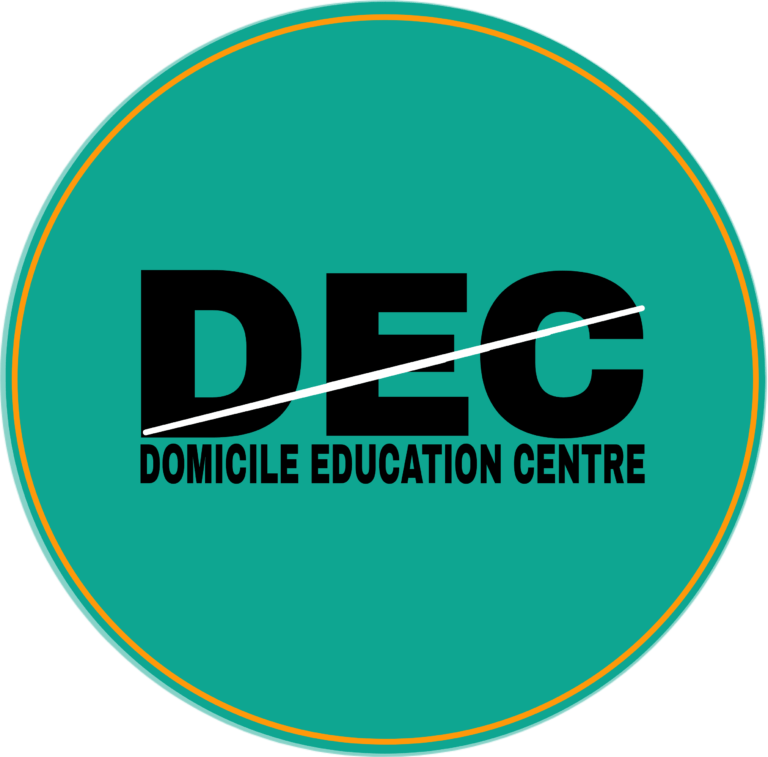
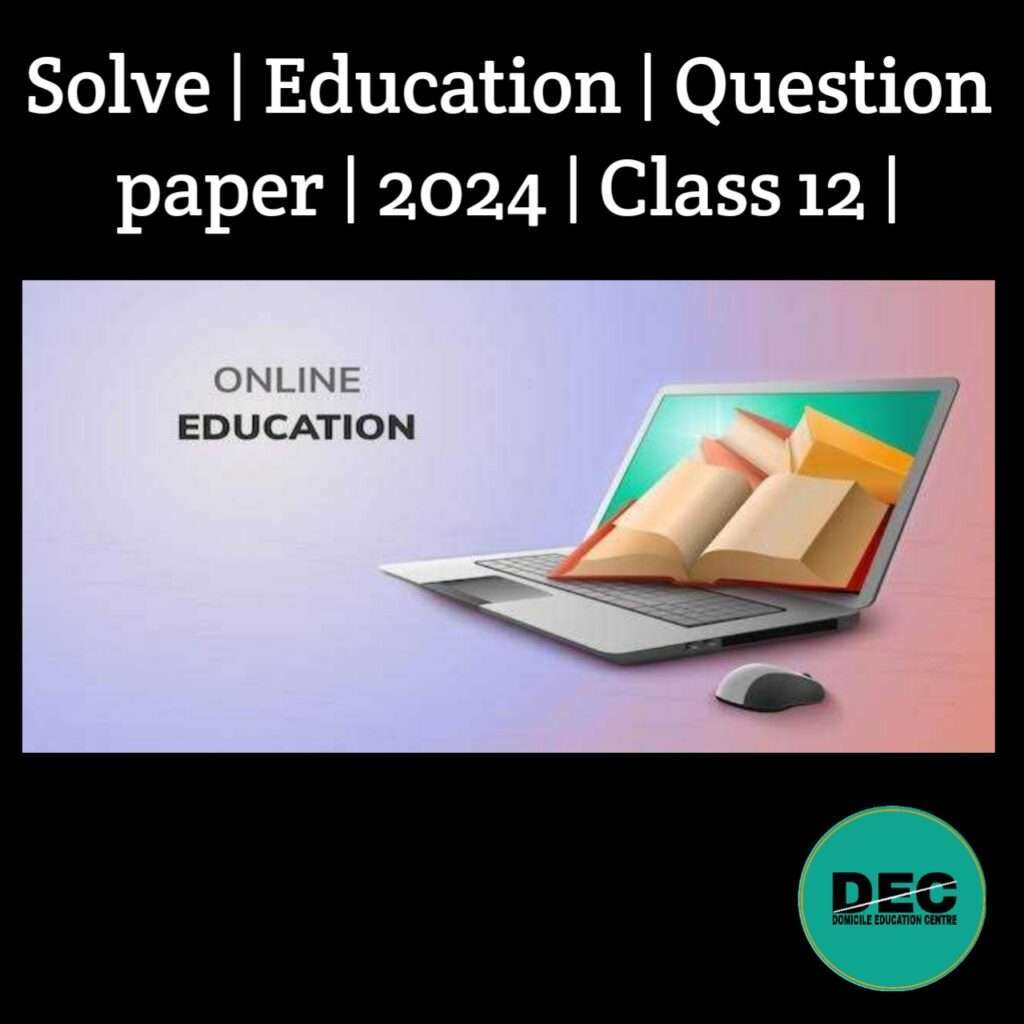
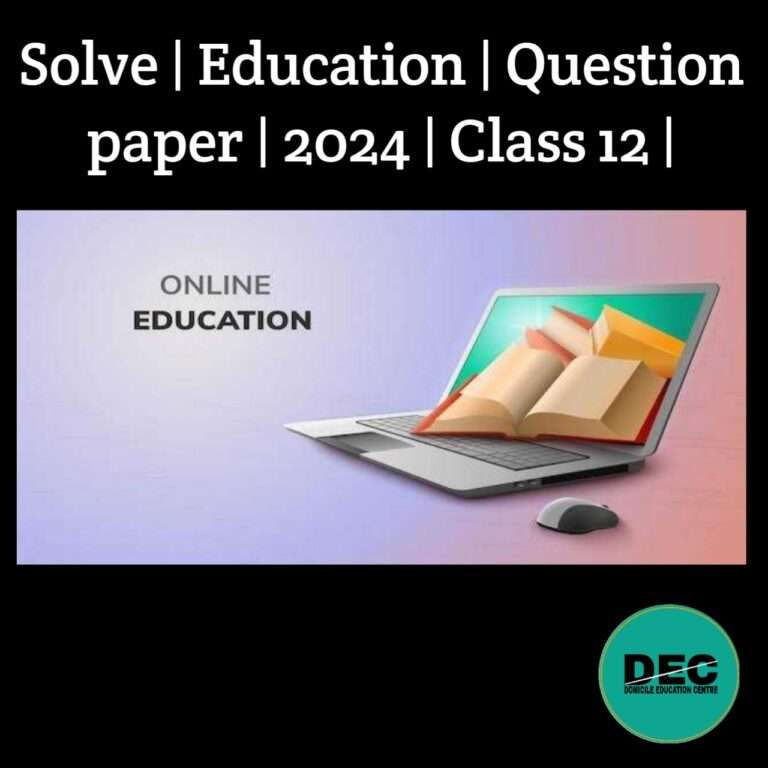
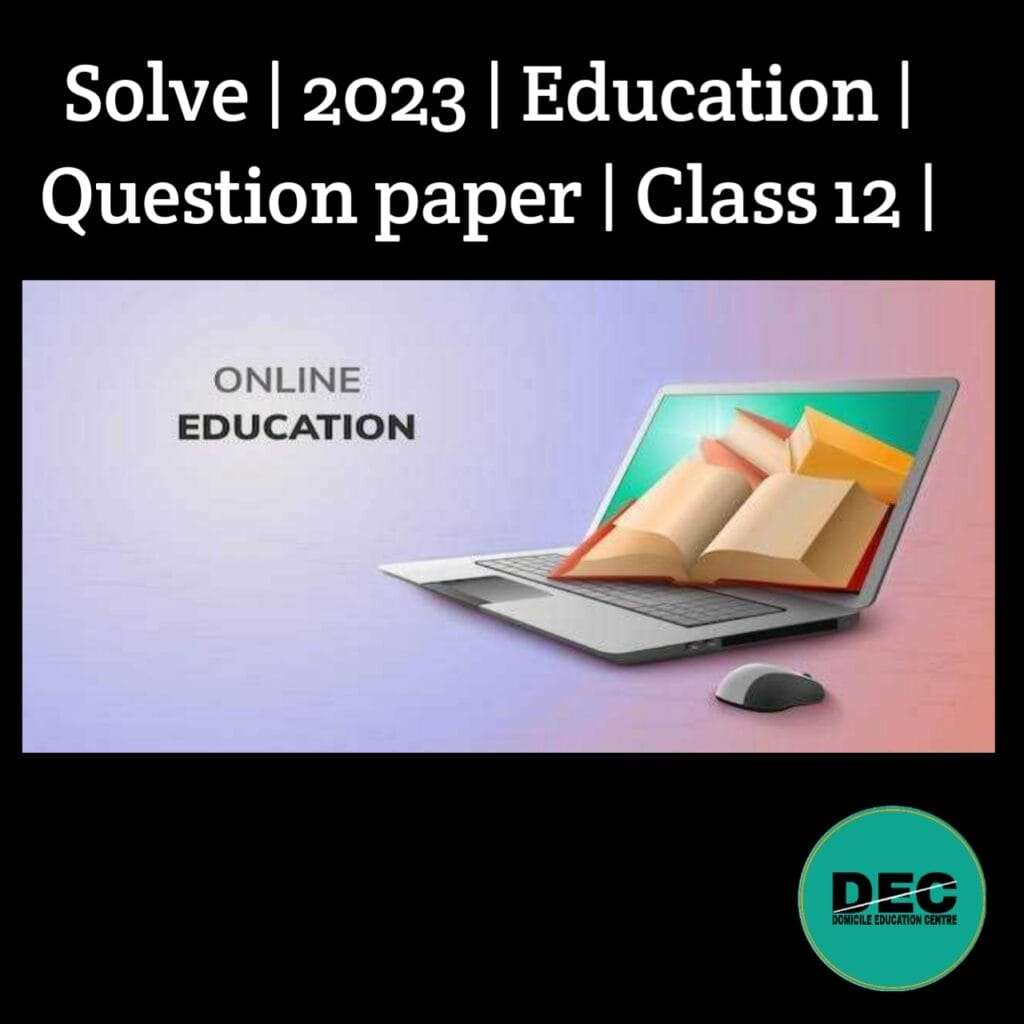
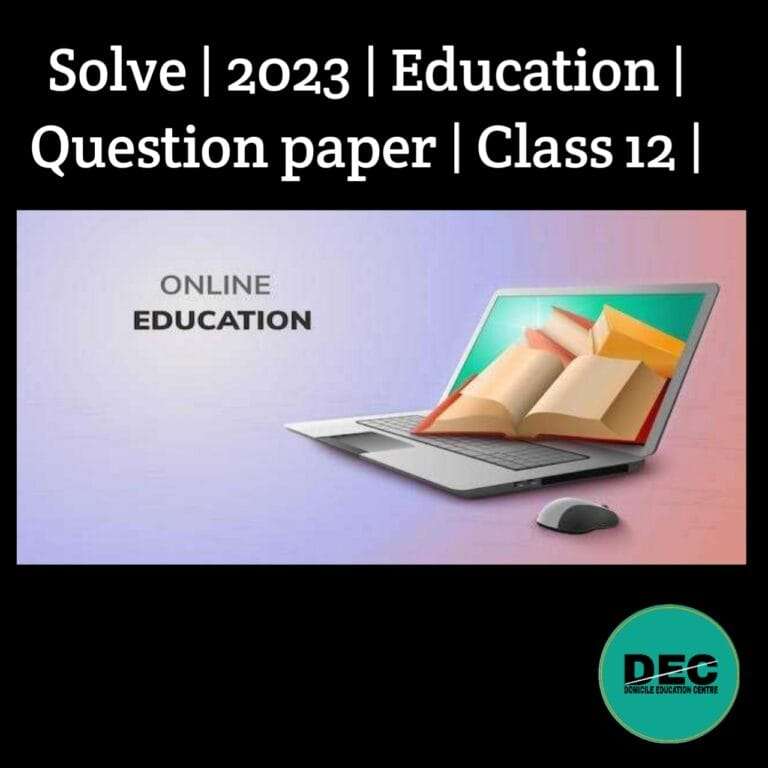
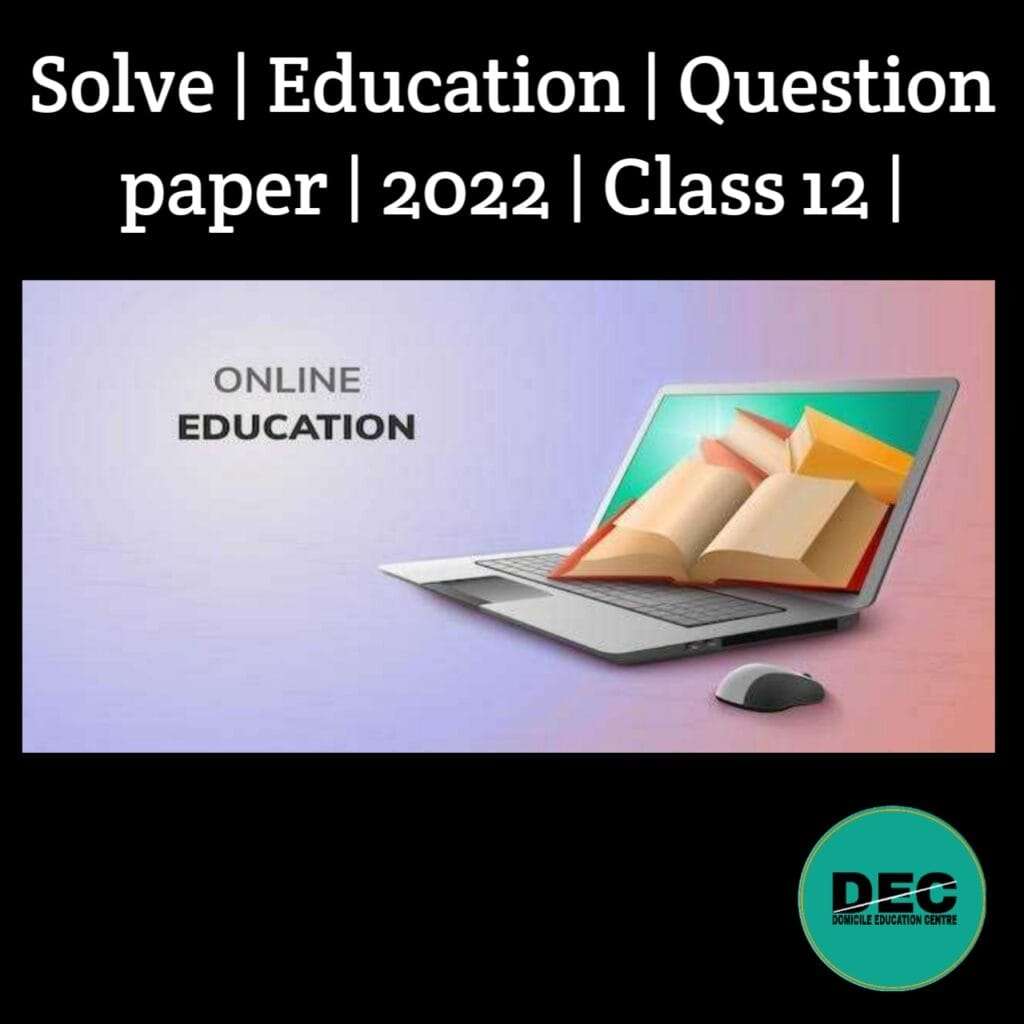
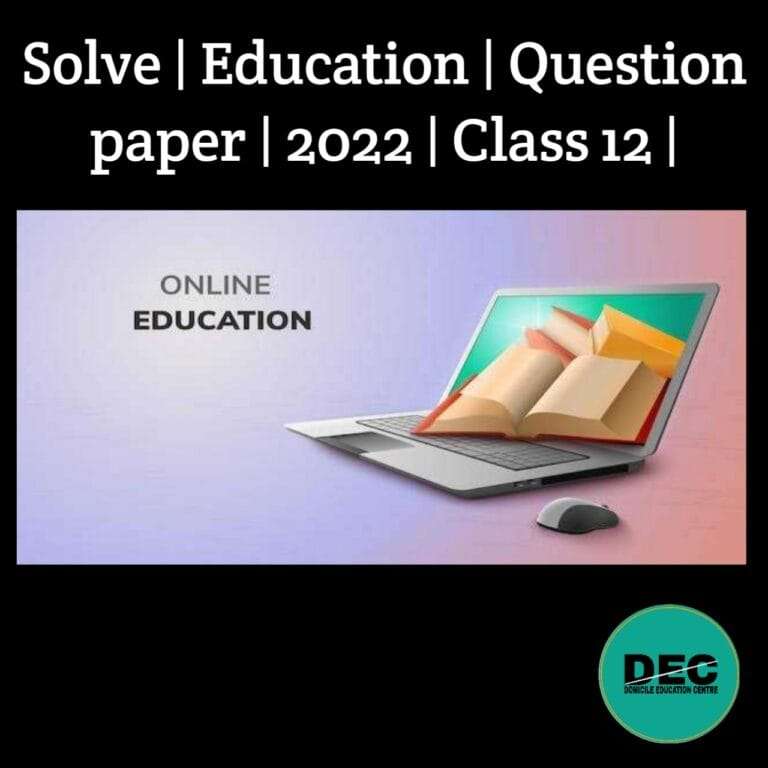
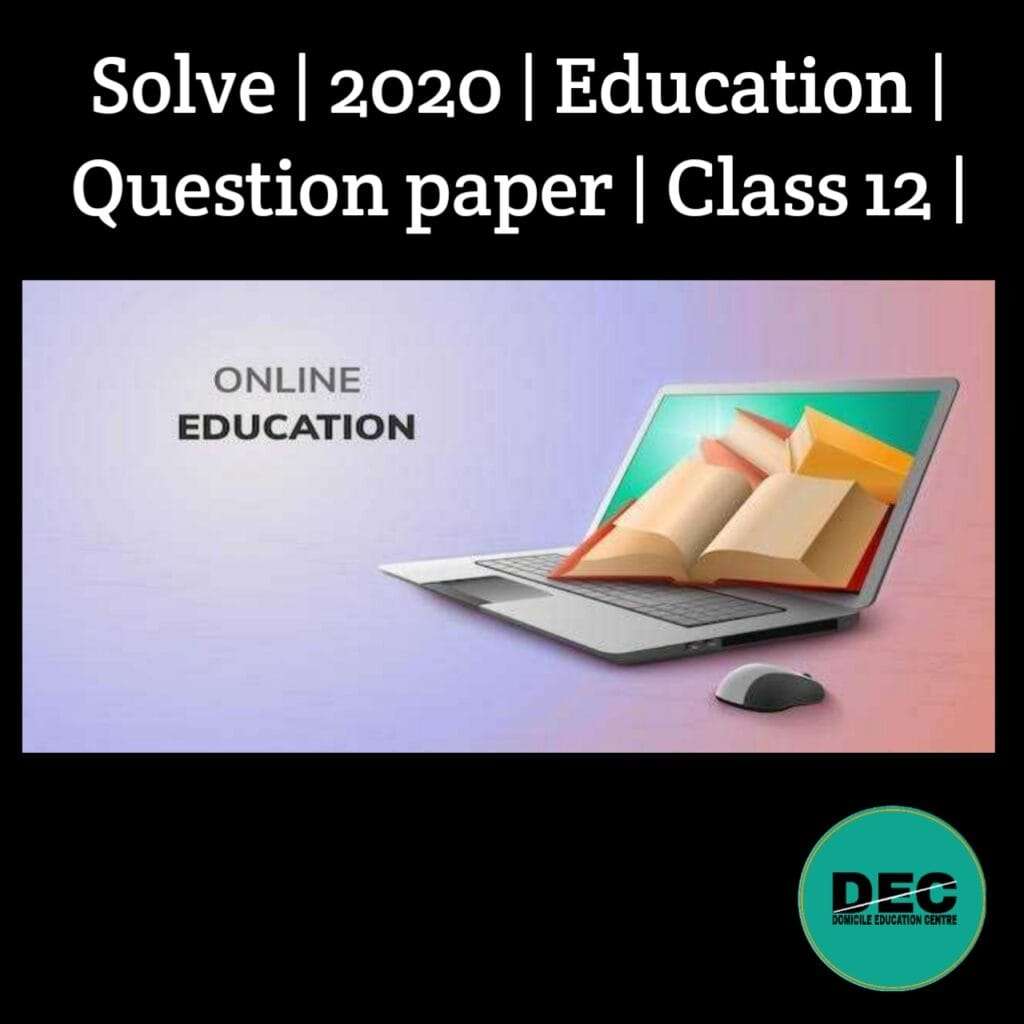
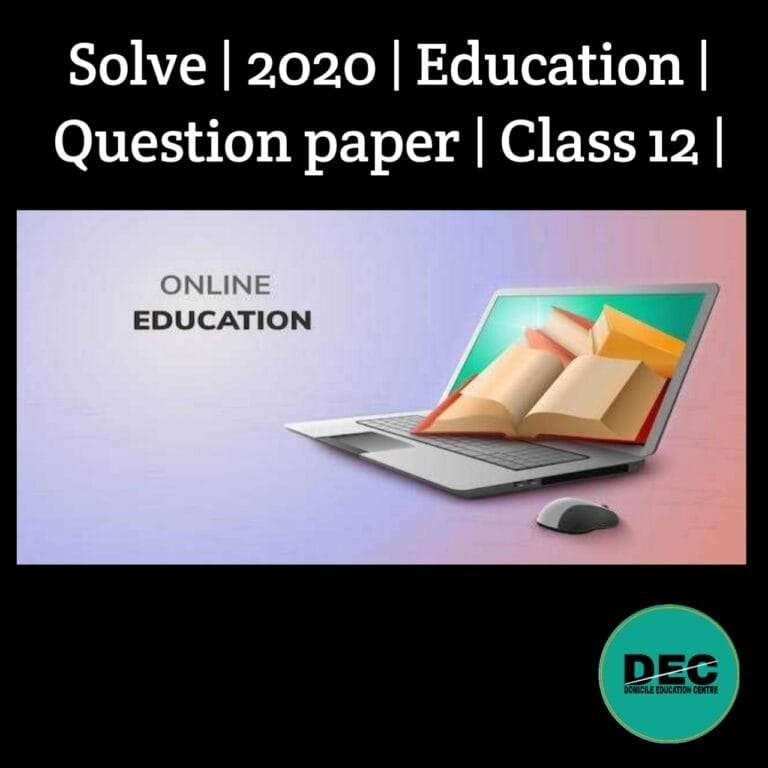
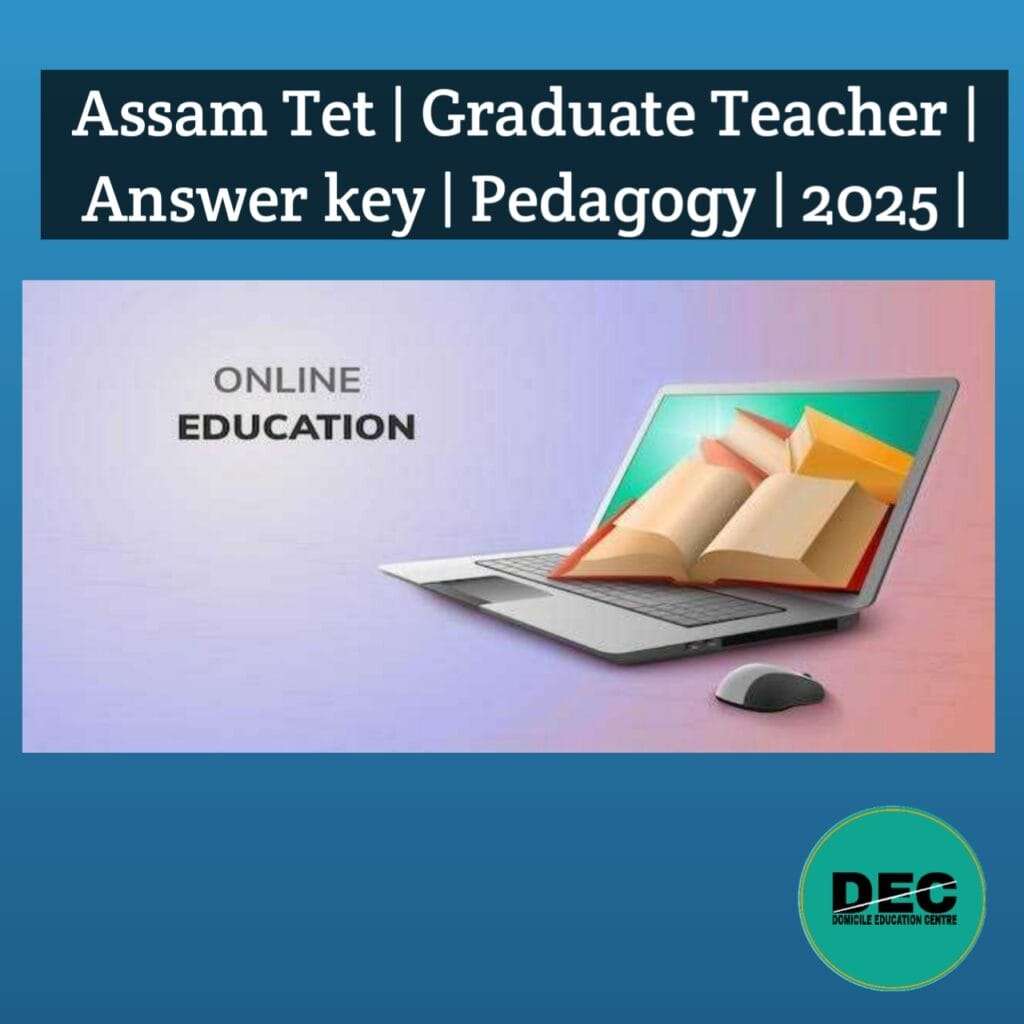
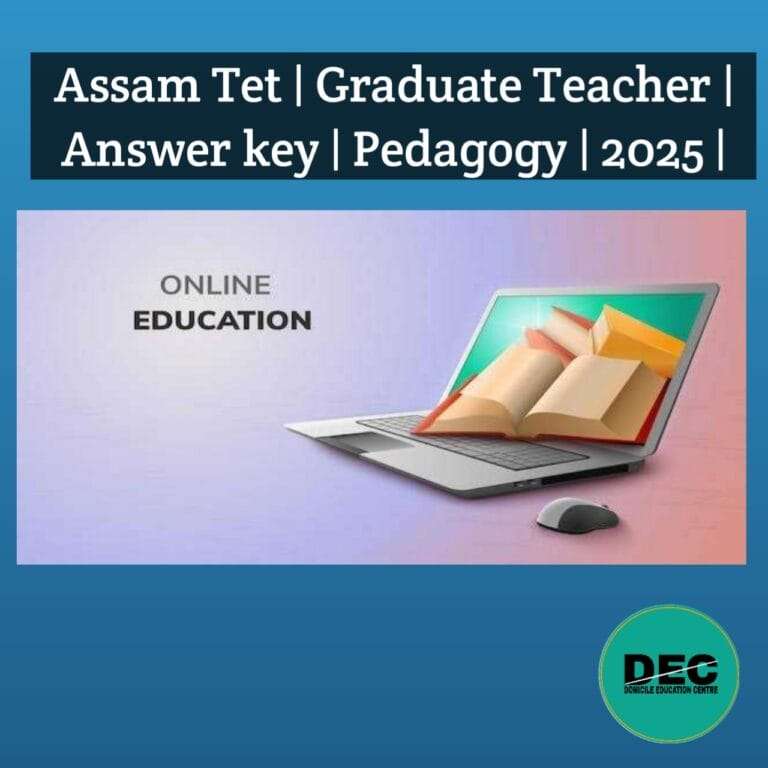
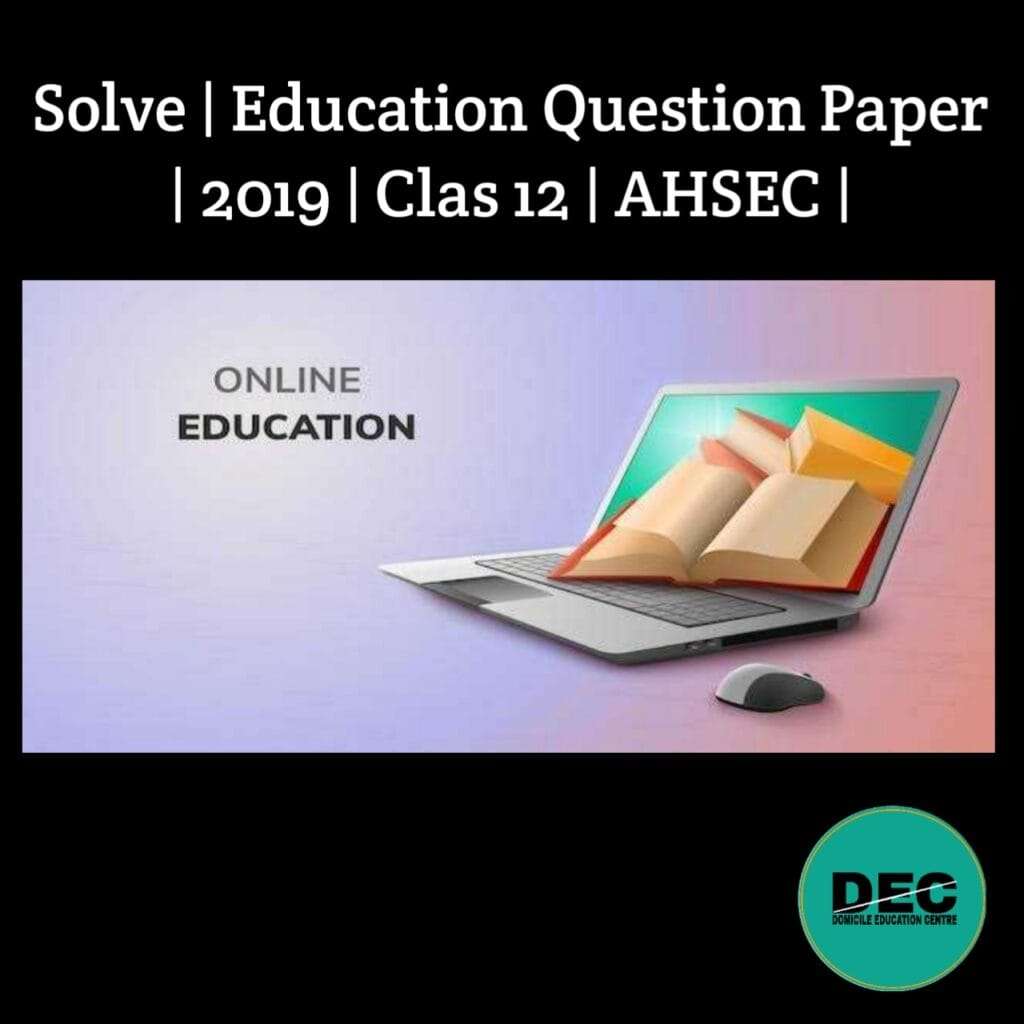
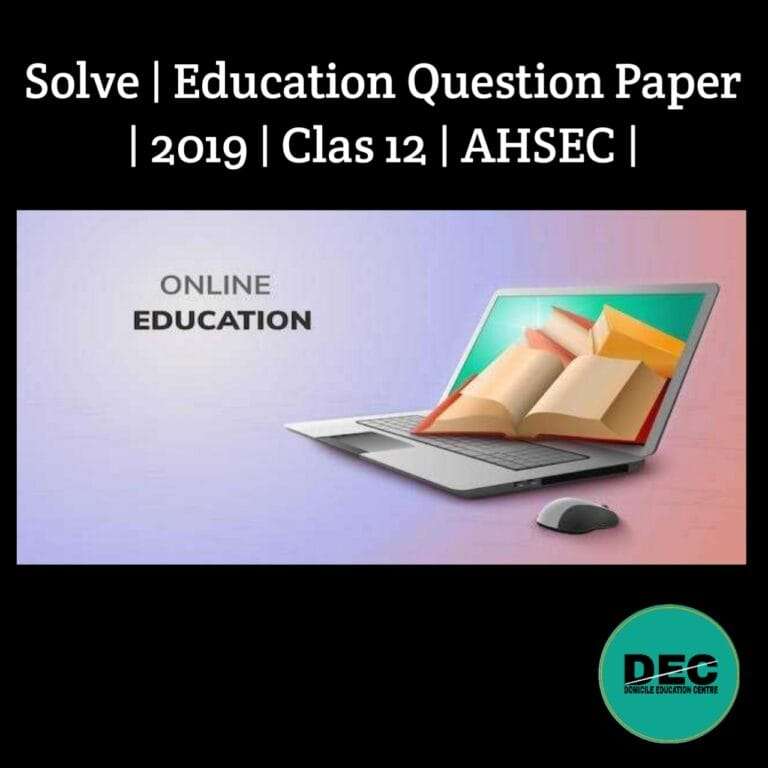
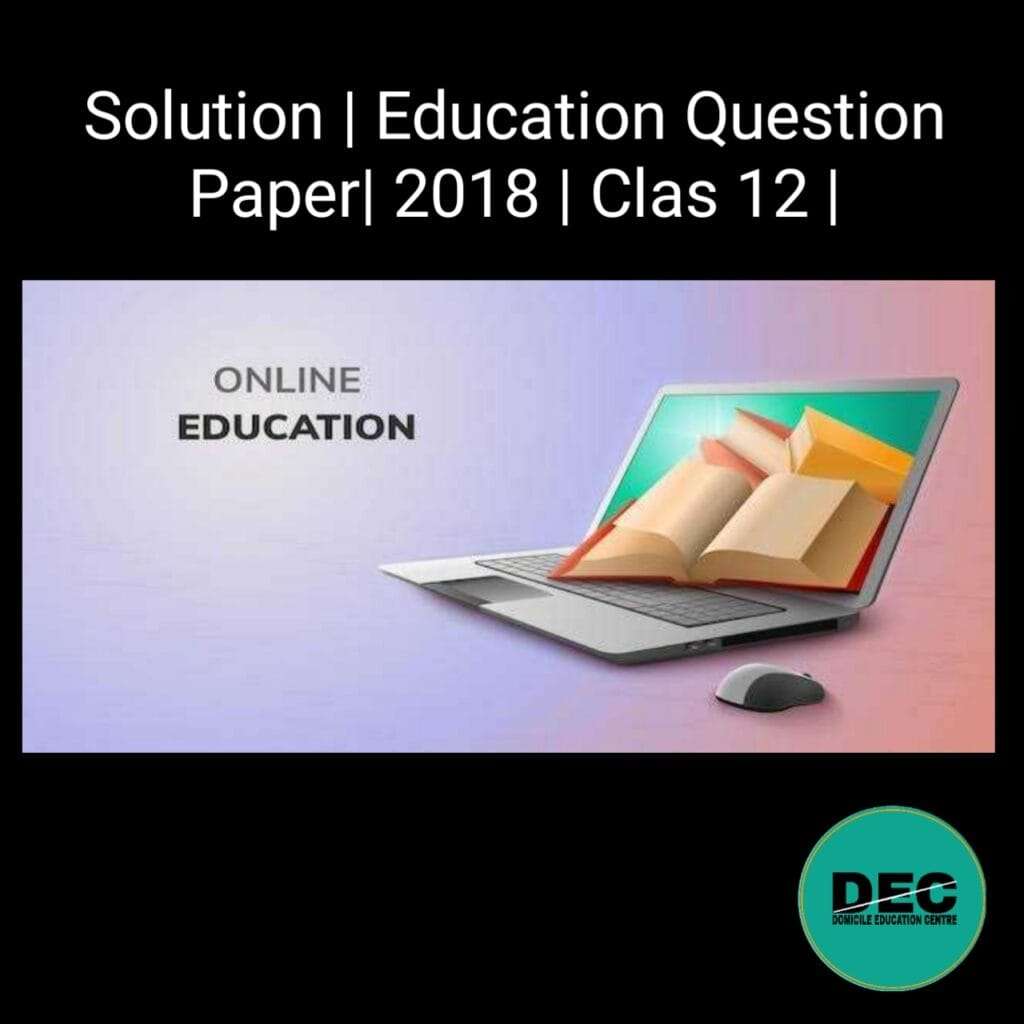
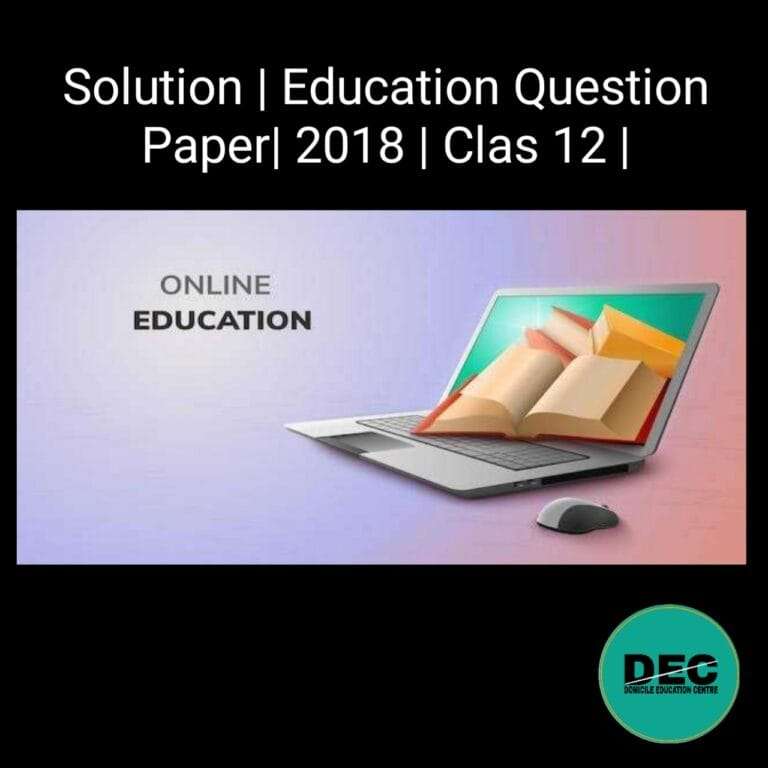
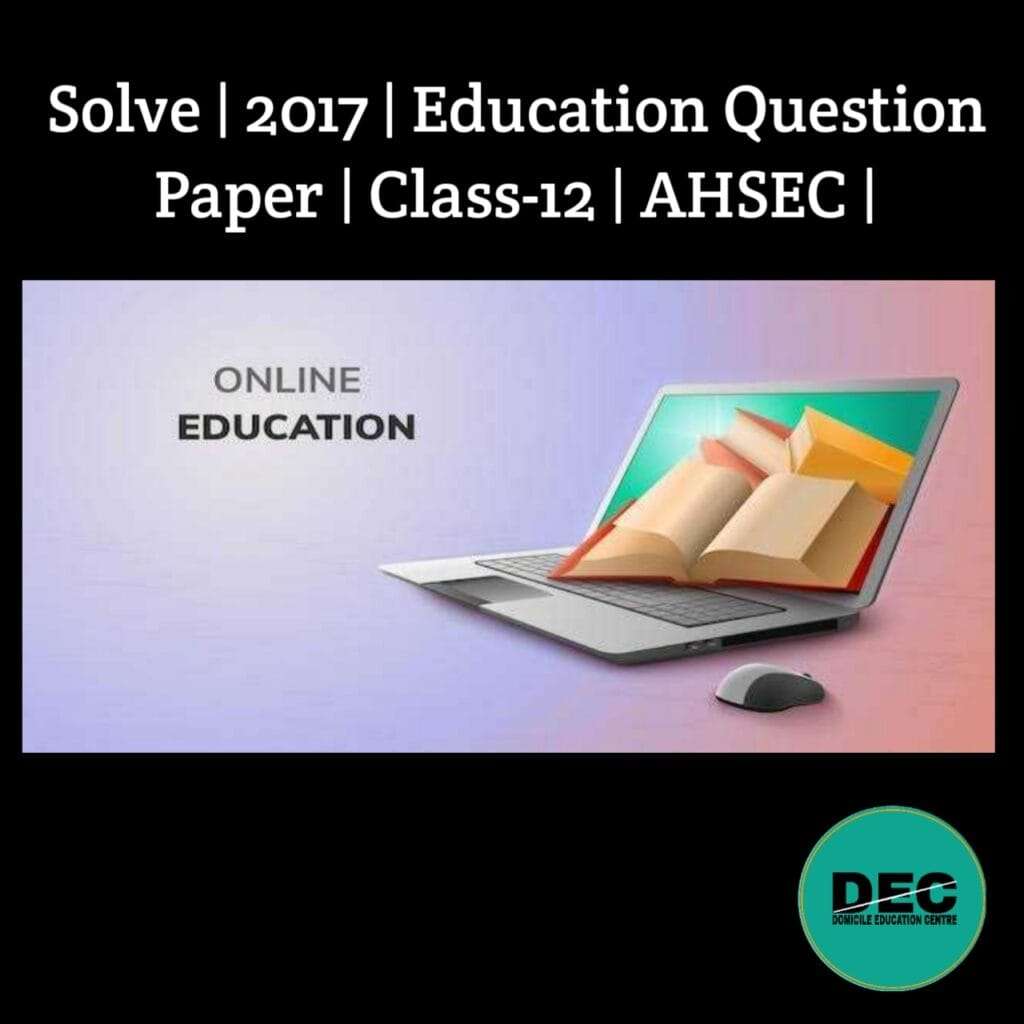
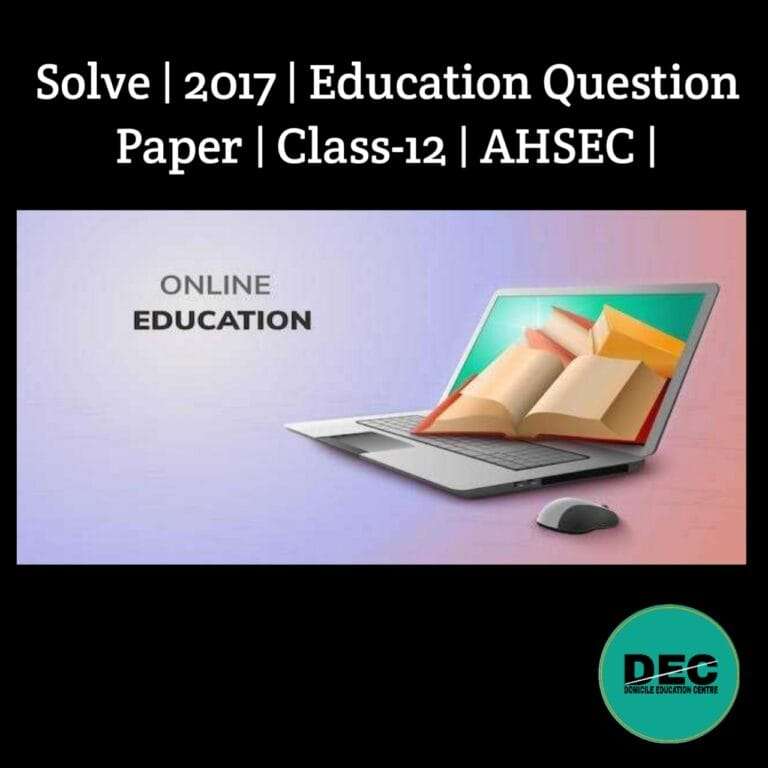
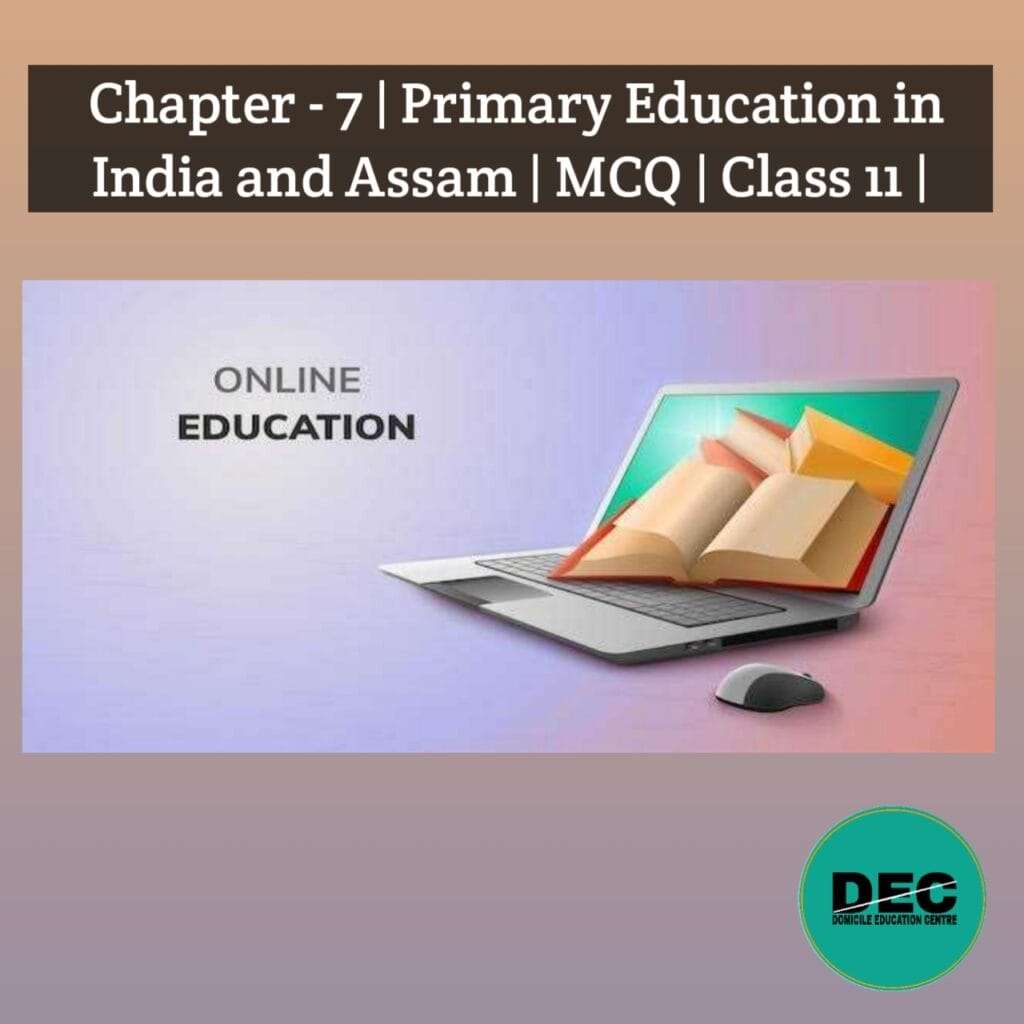
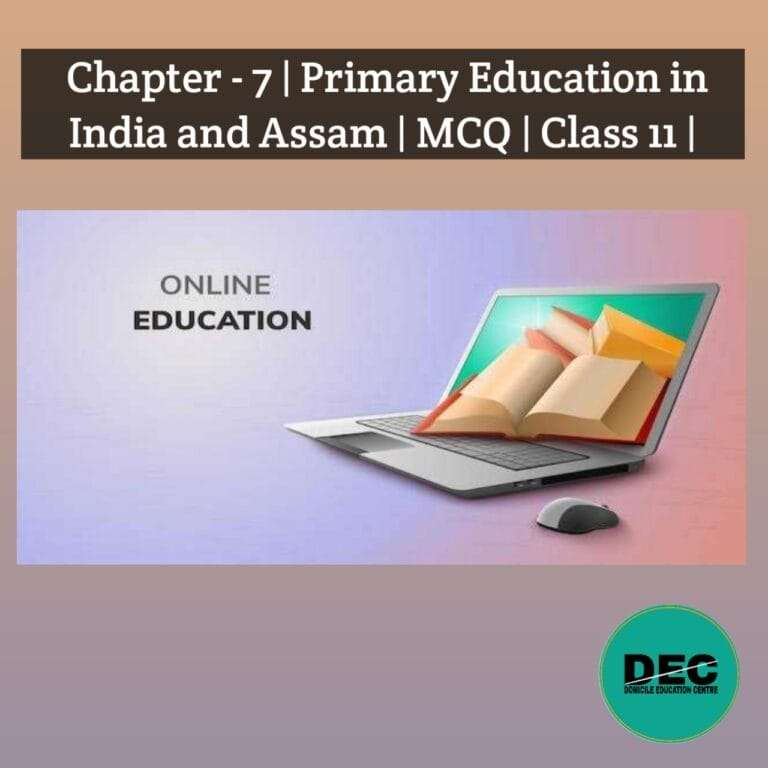

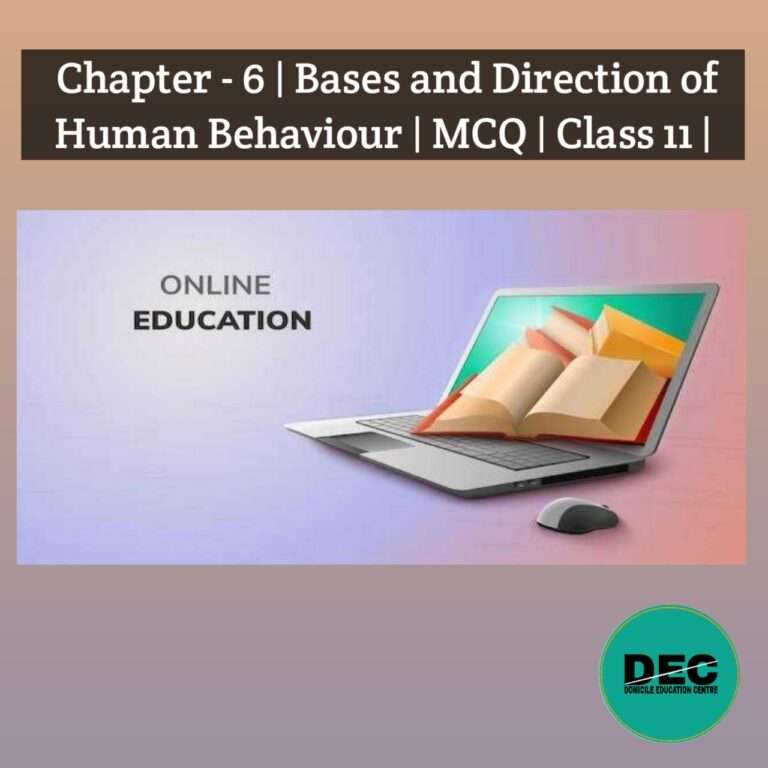
Recent Comments